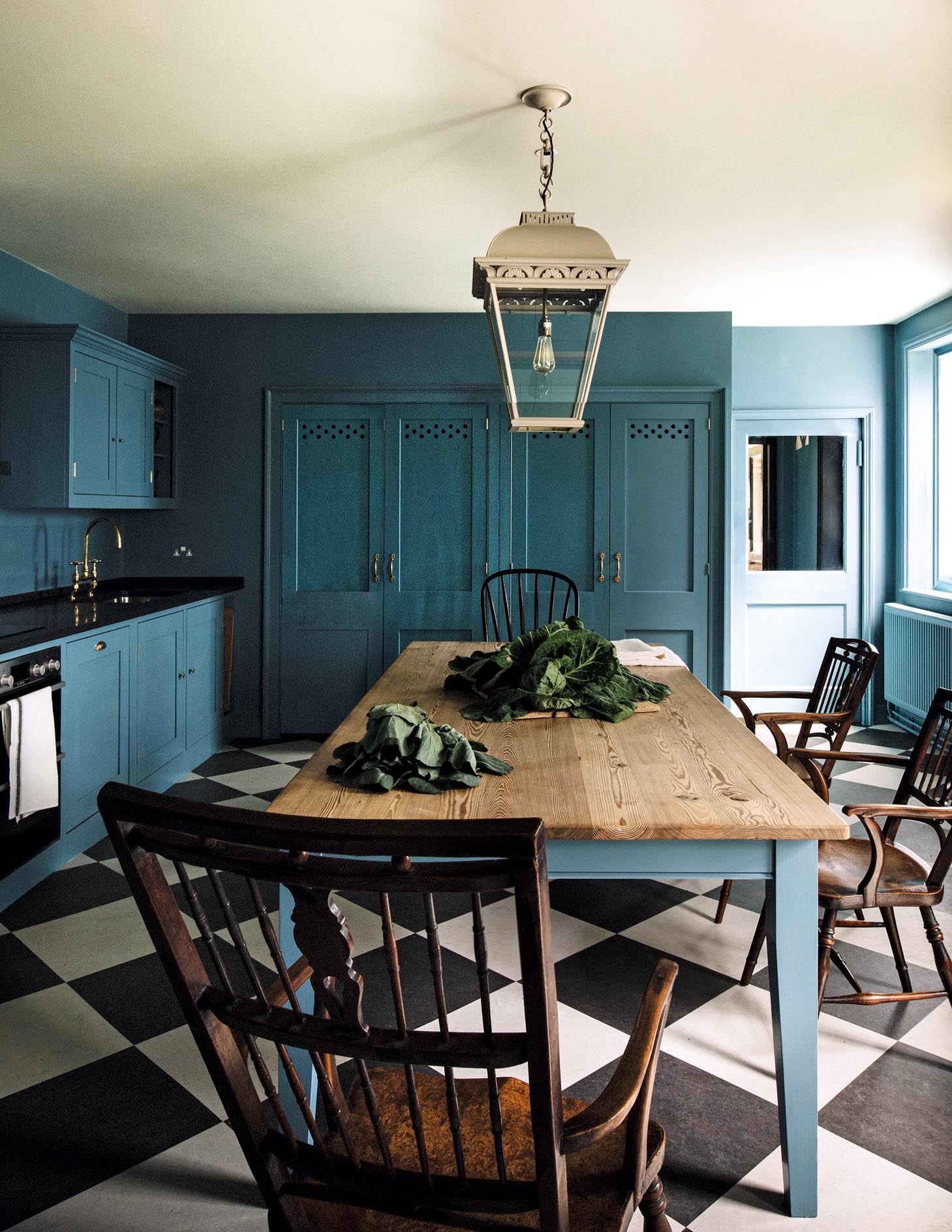The Museum of the Home, where you'll find 1990s Habitat knick-knacks, a Philippe Starck lemon squeezer and interiors inspiration far beyond the showrooms
Established a century ago to celebrate domestic interiors, the Geffrye Museum has been reborn as the Museum of the Home, with a Georgian-style kitchen, finds Eleanor Doughty.

If you’re looking for interior-design inspiration, it’s not only showrooms you need to visit, but the Museum of the Home in Hoxton, London E2. The museum, which re-opened in June following a three-year rejuvenation, explores domestic life from 1600 to the present day with a series of period room displays and temporary exhibitions. From a 17th-century parlour complete with posset pots and cane chairs, all the way through to a 1990s loft apartment with Philippe Starck lemon squeezer and Habitat pepper grinder, it revels in the minutiae of our ancestors’ everyday lives.
The museum first opened in April 1914 and was extended in 1998. In 2011, it became the Geffrye Museum of the Home. The site’s almshouses were built to provide housing to widows of ironmongers, thanks to a bequest by Sir Robert Geffrye, a former Lord Mayor of London. Sir Robert, who died in 1703, was a part-owner of a slave ship called China Merchant and an investor in the Royal African Company. ‘The name changed back in November 2019, part of an entire rethink of the organisation,’ says the director, Sonia Solicari. ‘Geffrye never saw the buildings finished and wasn’t involved with the forming of the museum — the “Geffrye” part is the history of the site.’ But his name did matter to conversations about rebranding: ‘We knew we had to be more open about that connection.’
Not only does it have a new name, but the museum also has a new kitchen, one designed by Katie Fontana, creative dynamo behind Plain English, which she and Tony Niblock founded in 1992. A Plain English kitchen epitomises the new-old interior look that is sweeping Britain: big open worktops with wide islands mix with clever cupboards and strong, tasteful colour schemes on both wall and cabinet.

Translating this vision into the Museum of the Home’s 1714 almshouse setting was a joy for Miss Fontana. She kept the project simple. ‘I thought we would put the kitchen along one wall to leave space in the middle for entertaining,’ she explains. A table from the Farmhouse Table Company has pride of place, over which hangs one of Jamb’s metal hanging Halam lanterns. ‘I didn’t want the kitchen to stand out.’
Plain English kitchens are handmade at Stowupland Hall in Suffolk — with British-made objects whenever possible — and the museum’s new kitchen is no exception, with a stellar cast of brands: not only Jamb, but Marchetti Stone, which supplied granite worktops; Barber Wilsons & Co for polished brass taps; and Sinclair Till for the black-and-white chequered lino floor. Doors, added by Plain English to cheer up an old cupboard, feature a set of Georgian-style ventilation holes. ‘There are many different varieties all over the country used on cupboards and larger doors.’
‘She wanted to strip it back and have sympathy for the historic environment in which she was designing,’ explains Sonia Solicari. ‘The lino reflects the black-and-white stone floor in the chapel. It’s historic and contemporary at the same time, perfect for the museum.’
Now, the museum is back in full flow and its director is excited for the next chapter. ‘Everybody has an experience of home, whether it’s positive or negative. We ask what home means to you.’
Exquisite houses, the beauty of Nature, and how to get the most from your life, straight to your inbox.
Museum of the Home, 136, Kings-land Road, Hoxton, London E2 — www.museumofthehome.org.uk

The Wildlife Photographer of the Year winners are inspiring, funny, uplifting – and shocking
The winning images from the Natural History Museum's 53rd Wildlife Photographer of the Year competition will make you laugh and

The eloquence of line: Raphael’s drawings at the Ashmolean Museum
Caroline Bugler admires the beauty and expressive power of Raphael’s drawings.